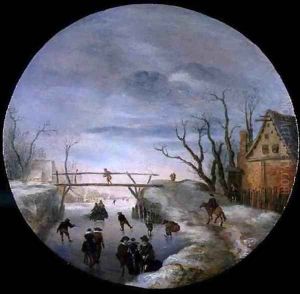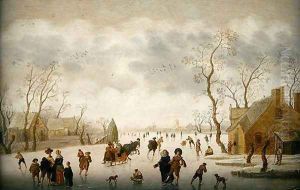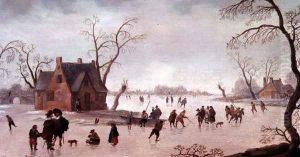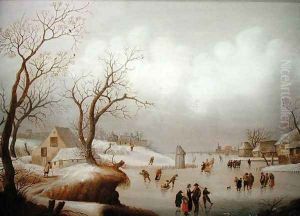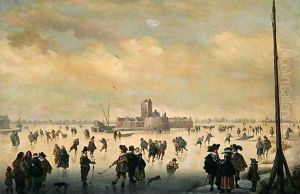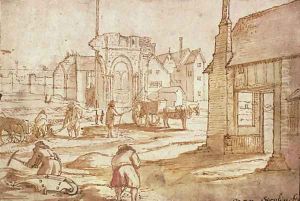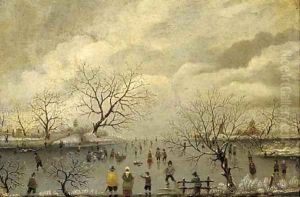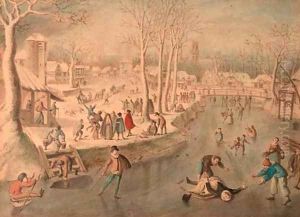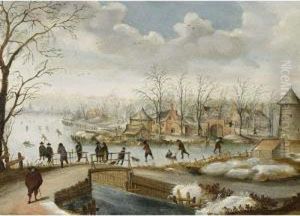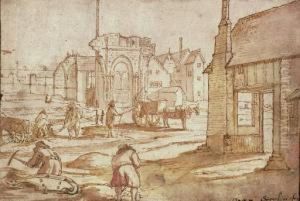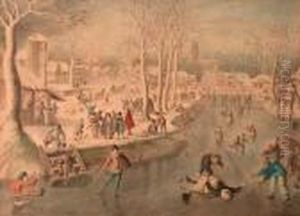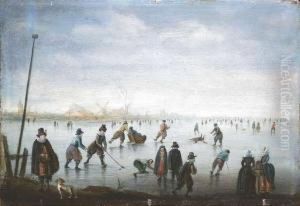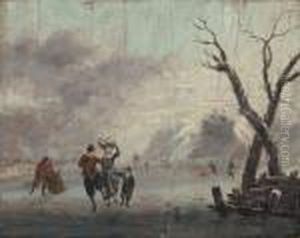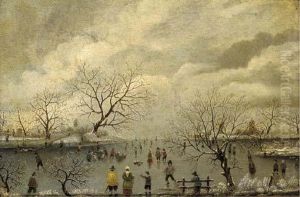Antoni Verstralen (van Stralen) Paintings
Antoni Verstralen, also known as Antoni van Stralen, was a notable Flemish landscape painter born in 1594 in Antwerp, a city renowned for its vibrant artistic community during the Dutch Golden Age. His life and career were deeply embedded in the rich tapestry of 17th-century Flemish art, a period marked by a flourishing of visual arts in the region, including painting, printmaking, and drawing.
Verstralen's work is characterized by its meticulous attention to detail, vibrant use of color, and the serene, idyllic landscapes that became his signature. He was particularly adept at capturing the delicate interplay of light and shadow, which brought his landscapes to life and imbued them with a sense of tranquility and timeless beauty. His paintings often featured pastoral scenes, with lush foliage, calm waters, and the rural life of the Flemish countryside, reflecting the artist's deep appreciation for nature.
Despite his undeniable talent and contribution to Flemish art, Antoni Verstralen did not gain the same level of fame as some of his contemporaries, such as Peter Paul Rubens or Anthony van Dyck. However, his works were highly appreciated by collectors and connoisseurs of the time, and they continue to be valued by art historians and enthusiasts for their aesthetic quality and historical significance.
Verstralen's career spanned several decades, during which he developed and refined his style. He was part of a generation of artists who were instrumental in establishing the Flemish landscape genre, which would influence European art for centuries to come. Although specific details about his patrons and the commissions he received are scarce, it is evident that his work was in demand, reflecting the contemporary taste for landscape painting.
Antoni Verstralen died in 1678, leaving behind a legacy that, while perhaps not as widely recognized as that of some of his peers, is nonetheless an important chapter in the history of Flemish art. His paintings continue to be studied and admired for their craftsmanship, their beauty, and their contribution to the development of landscape painting in the Low Countries.
